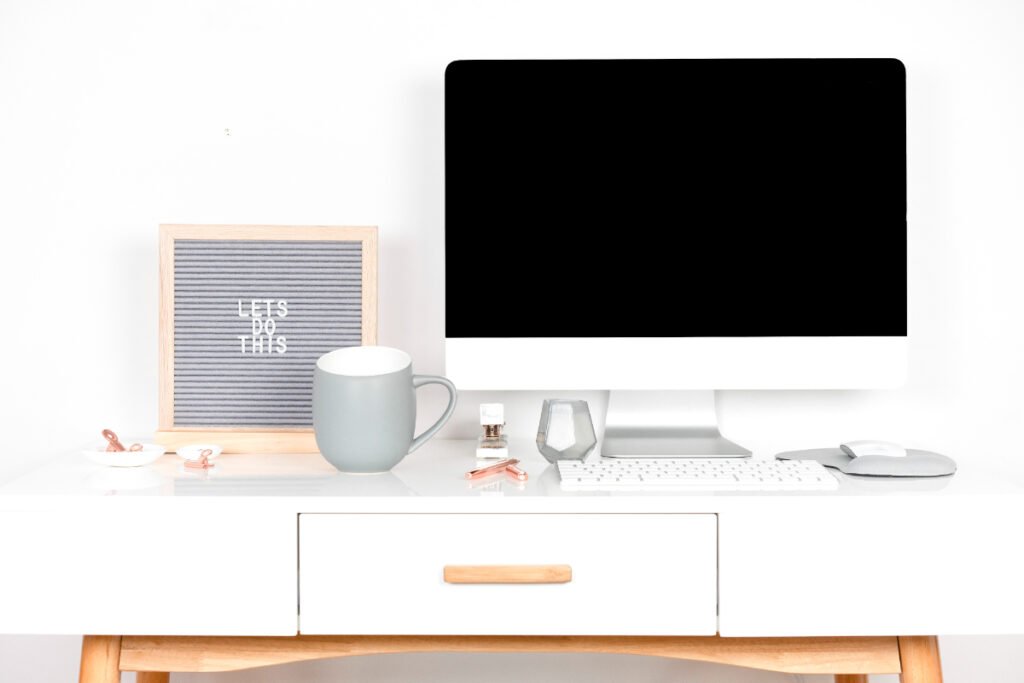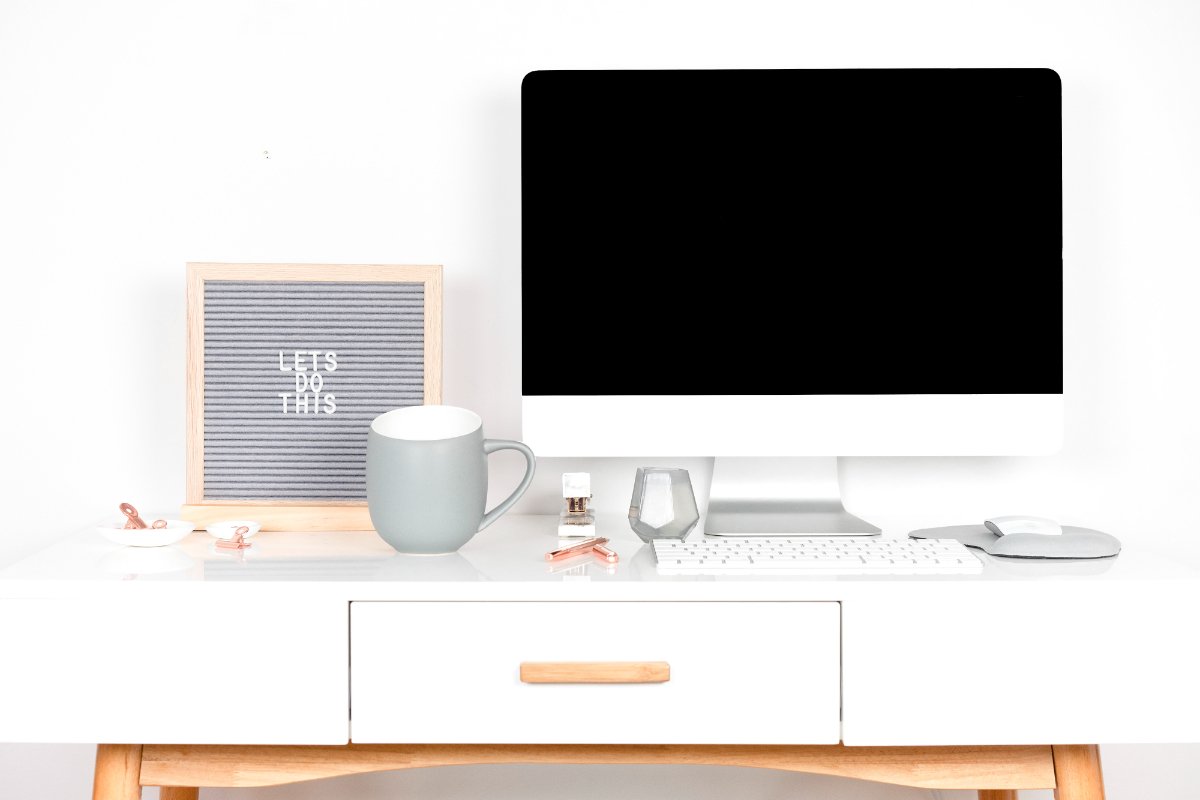Work-at-Home Graphic Designer: Goodbye 9-5, Hello Creative Freedom
Graphic designers are some of the most creative people in the workforce. They use their artistic skills to create visual concepts by hand or computer software to communicate ideas that inspire, inform, or captivate consumers.
Most graphic designers are self-employed and work from home. This offers a great deal of freedom and flexibility but can also be quite isolating. Working at home can be a great way to make money if you have the right skills and self-motivation. Here’s what you need to know about working at home as a graphic designer.

What Does a Graphic Designer Do?
A graphic designer creates visual content to communicate messages. They conceptualize, design, and produce visual solutions to problems. Graphic designers work in various industries, including advertising, publishing, entertainment, clothing, and product design.
Graphic designers use color, imagery, typography, and space to craft unique designs that tell a story or deliver a message. They may work with clients to determine the overall look or be given creative freedom to produce their concepts.
Start Your Freelance Career
Most graphic designers work independently as freelancers. Businesses or individuals often hire them to create one-off designs or work on long-term projects. Some graphic designers find full-time employment in large organizations, but these positions are becoming increasingly rare.
If you want to work at home as a graphic designer, the first step is to start your freelance career. You’ll need to build a strong portfolio that showcases your skills and talent to get started.
Your portfolio is essentially your resume in design form. It should include variations of your best work, ranging from print to digital design. When creating your portfolio, consider your target audience and the types of projects you want to work on. For example, if you’re hoping to land corporate clients, your portfolio should be professional and streamlined. If you’re going to work with small businesses or startups, a more creative and quirky portfolio might be appropriate.
Creating a website or blog to showcase your work when you’re ready to start marketing your services is excellent for attracting clients. Be sure to include an up-to-date portfolio, contact information, and rates on your site.
When you’re just starting, you may not have much design experience to show in your portfolio. In this case, it’s perfectly acceptable to include personal projects, class assignments, or even volunteer work. As you gain more experience, you can replace these early pieces with more professional designs.
Networking is also an essential part of finding work as a graphic designer. Attend industry events, meetups, or conferences to connect with other professionals in your field. You never know when one of your new contacts might need a graphic designer for their next project.
Set Your Rates
As a freelance graphic designer, you’ll need to set your own rates. When determining your rate, consider the cost of living in your area, your experience level, and the type of work you’ll be doing. It’s also important to remember that most clients work with a budget. Be flexible with your rates and be willing to negotiate to land the project.
As you gain more experience, you can start to raise your rates. Once you have a strong portfolio and a solid network of clients, you’ll be able to charge what you’re worth.
Find the Right Clients
Not all clients are created equal. You’ll want to find clients that value your work, pay promptly, and are a pleasure to work with. Avoid working with clients that lowball you on price, are constantly making changes, or are otherwise difficult to please.
It can be helpful to create a “dream client” list to help you find suitable projects. What kind of projects do you want to work on? What industries are you interested in?
When you have a clear idea of your ideal client, you can start to target your marketing efforts. Look for clients that fit your criteria and reach out to them with a tailored pitch.
Developing a niche can also be helpful when finding clients. It’s easier to market yourself to potential clients when you’re known for your work in a specific industry or style. You can also use your niche to negotiate higher rates, for example, if you’re the only designer in your area with experience designing for a specific industry.
Work From Home Strategies
Working from home can be a great way to make money, but it’s not for everyone. If you’re considering working at home as a graphic designer, there are a few things you need to keep in mind.
First, you need to have the self-discipline to stay on task and meet deadlines. Without the structure of a traditional work environment, it can be easy to get sidetracked or become demotivated.
It’s also important to create a dedicated workspace in your home. This will help you stay focused and avoid distractions. Working in your pajamas might sound appealing, but it’s not conducive to productive work.
Finally, you need to be proactive about networking and marketing your services. When working at home, you can’t rely on word-of-mouth to bring in clients. You need to take the initiative to find work and promote your business.
As a graphic designer, there are many opportunities to work from home. With a strong portfolio and the proper networking, you can find great clients and build a successful freelance career. Remember to set your rates appropriately and always strive to find the right fit when it comes to clients. If you do these things, you’ll be well to success as a graphic designer working from home.







